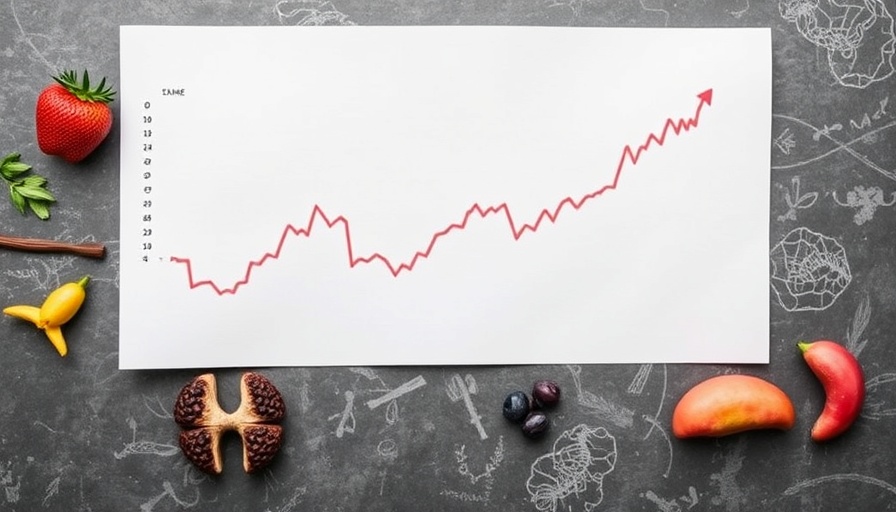
Muscle Loss on GLP-1 Medications: Understanding the Risks
GLP-1 medications, such as Ozempic and Wegovy, have revolutionized weight management for many. However, while the allure of rapid weight loss can be exciting, it's essential to understand that this process often comes with unintended consequences, particularly muscle loss. For parents, homeowners, and seniors who rely on maintaining strength and protective muscle mass, the risks associated with GLP-1s could counteract the benefits of their weight loss journey.
The Importance of Muscle Retention
Losing muscle, while shedding fat, is not merely an aesthetic issue. Muscles are vital for metabolic functions and overall well-being. They help maintain metabolism, support hormonal balance, and are essential for mobility and strength. A notable concern raised in the context of GLP-1 medications is that when appetite suppression occurs, many users inadvertently reduce their protein intake. Without adequate nutrition—specifically protein—muscle mass can diminish significantly.
How Protein Protects Muscle Mass
Experts suggest that individuals taking GLP-1 medications should aim for around 0.6 to 0.7 grams of protein per pound of body weight daily. For a 150-pound adult, this translates to approximately 90-105 grams of protein each day. Proper tracking of protein intake—an essential aspect of weight loss without muscle loss—can be supported by tools like MyFitnessPal. Adjusting meal habits can be an easy fix: incorporating protein-rich foods at breakfast or opting for snacks high in protein such as Greek yogurt, eggs, or cheese can make a substantial difference.
Exercise: The Key to Preserving Strength
Incorporating resistance training into your routine is paramount for those undergoing weight loss with GLP-1 medications. Regular strength training (3-4 times per week) not only helps preserve muscle but can also enhance overall metabolism. Fortunately, effective resistance exercises need not be restricted to a gym setting; bodyweight exercises, resistance bands, or even home-based workouts can yield significant benefits. Exercise snacks, like short bouts of activity throughout the day, can be an effective strategy to integrate more movement into busy lives.
The Path to Sustainable Weight Management
As many patients find themselves discontinuing GLP-1 medications after a year, it becomes crucial to have established muscle retention strategies. Such preparedness can mitigate the common risk of weight regain. Those who have maintained strength and muscle mass during their weight loss journeys may find they can maintain their progress even after stopping medication. Consult with healthcare professionals to develop tailored exercise and nutritional plans to optimize results while safeguarding muscle health.
Join the Conversation
If you are using GLP-1 medications, your journey and insights are valuable. Engaging with healthcare support systems like Prevention Clinics or sharing experiences with peers can enhance your understanding and effectiveness in muscle maintenance strategies. What approaches have worked for you in preserving muscle during your weight loss journey? Your experiences can inspire others navigating similar challenges.
 Add Row
Add Row  Add
Add 




Write A Comment